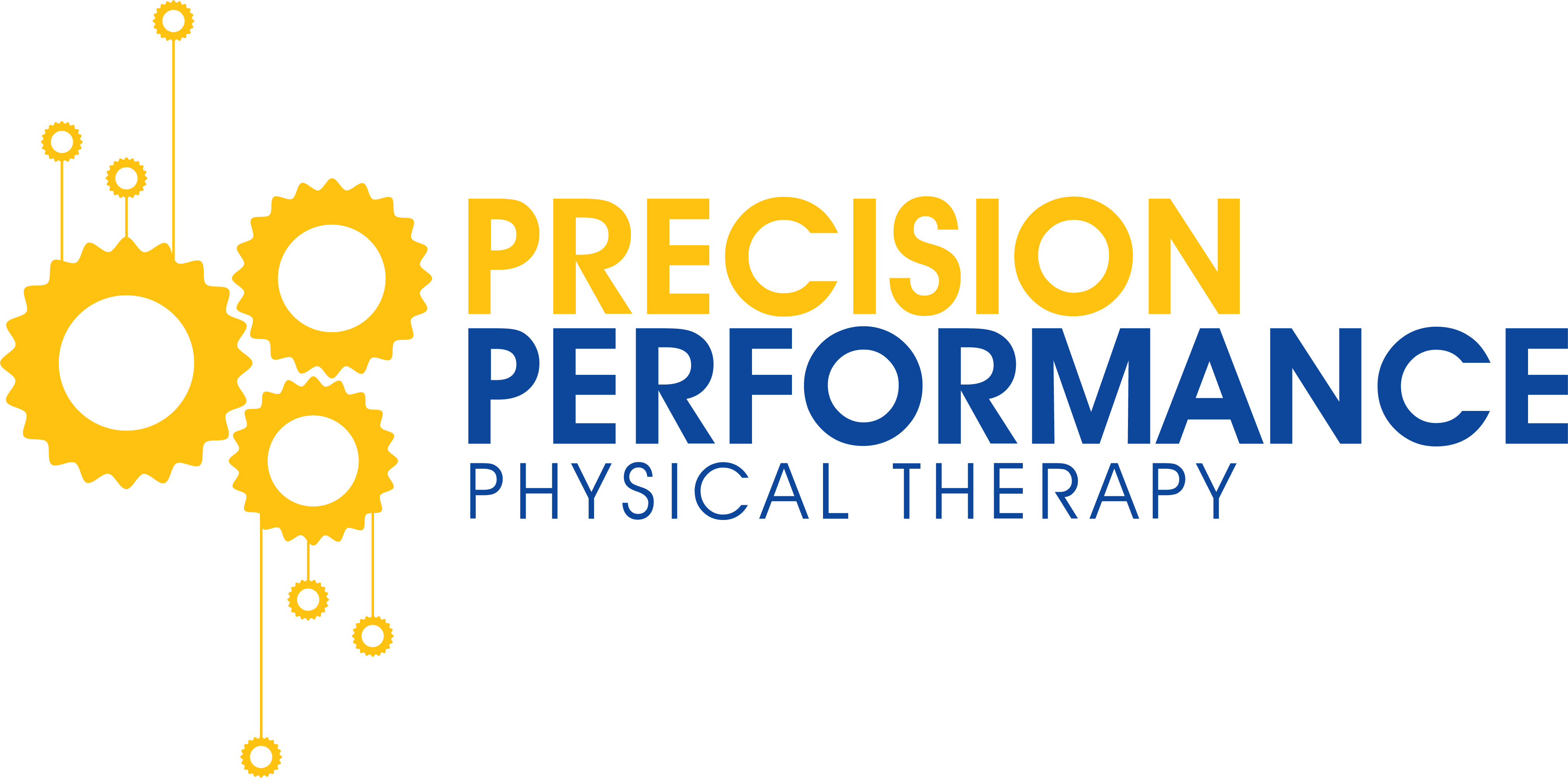 In physical therapy and training, there’s always the question of whether it’s a good idea to put strength on dysfunction. In general, we agree that you typically do not want to place strength on dysfunction, but in certain situations, it can be beneficial.
In physical therapy and training, there’s always the question of whether it’s a good idea to put strength on dysfunction. In general, we agree that you typically do not want to place strength on dysfunction, but in certain situations, it can be beneficial.
Dysfunction is described as any movement pattern outside the typical norms and with that comes not having the prerequisite range of motion and motor control for a particular movement. When assessing a training client or athlete, there may be asymmetries. For example, front and back asymmetries, rotational asymmetries, and left and right asymmetries. One side can exhibit less range of motion and decreased stability, which could limit an athlete’s ability to do certain motions. When this is the case, it is going to dictate how you write a program for that person.
Against strength on dysfunction
In a training setting, trainers work in ideal positions because training is the time where athletes can make significant changes in their movement patterns. Strength coaches want to shoot for optimal positions, meaning not placing too much load on dysfunctional movement patterns. The main goal of training is to take athletes and individuals assessment data into consideration when designing a program for them. Choosing the appropriate exercises is important for getting them into the optimal movement patterns.
On the performance side of things, in whatever sport an athlete plays, there are going to be unexpected movements and non-optimal movement patterns. With training, it’s time to control as much motion as possible to ingrain and produce habitual patterns. So in an uncontrolled setting, like game time, the athlete can default to an optimal movement pattern.
For strength on dysfunction
Like many things in training, there’s no “one size fits all” answer to placing strength on dysfunction. There are times in the rehabilitation process where placing some strength on a difficult motion can be beneficial for healing. Introducing more load can create a tolerance of tissue loading and remodeling for long-term healing. Additionally, if there is a client you’ve assessed and they can’t squat correctly, there may be something happening in their squat that is limiting their ability to achieve proper technique. In that situation, it’s possible that a light dumbbell or goblet load could improve their squat technique. Using a light load to improve movement quality is possible.
For clients who are lacking in prerequisites, stability, and joint control, a small amount of weight may get them to the optimal movement pattern to give them that stability and improve their joint mechanics.
Ultimately, whether or not to place strength on dysfunction comes down to the individual client and their assessment data. As we’ve said before, training is the time to optimize and promote correct movement patterns, which could be done by placing strength on dysfunction or not. Trainers should take all of the factors into consideration to write a program that helps the client reach their goals and improves their overall movement and stability.
To learn more on this topic, check out our Training Room Talk, sponsored by Precision Performance Physical Therapy: https://soundcloud.com/training_room_talk/episode-4-strength-on-dysfunction
